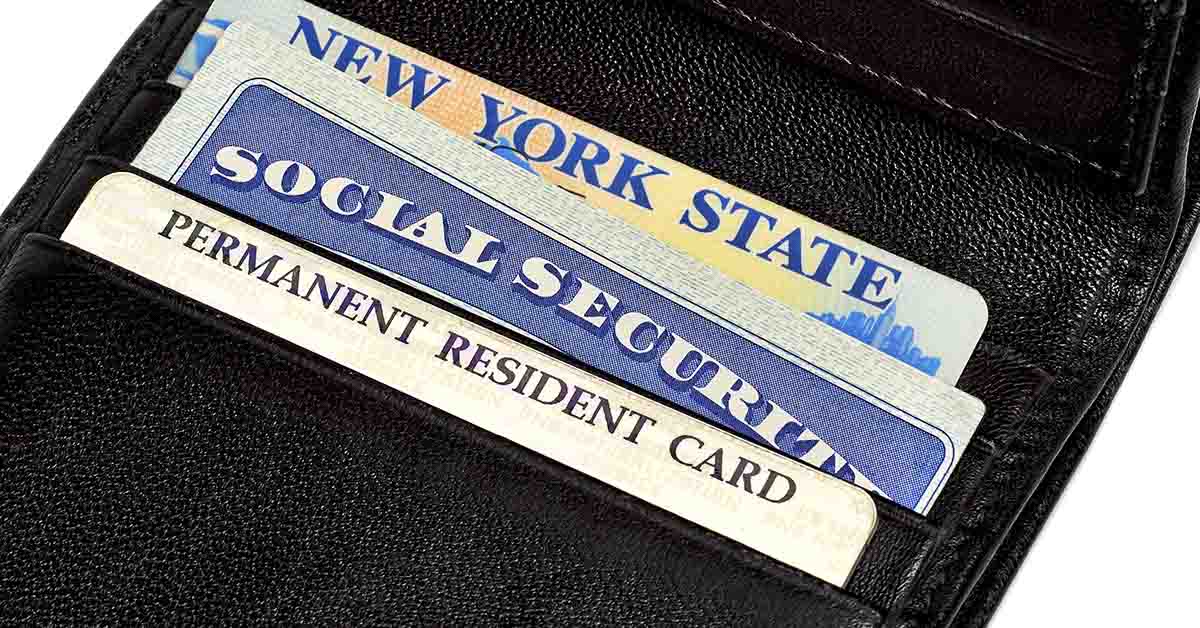As of May 7, 2025, U.S. travelers need to present a compliant license or another federally accepted form of ID to board domestic flights or access federal buildings. Many people still don’t realize their standard driver’s license may no longer meet the new rules.
This change, long in the making, finally takes effect after years of delays and extensions. If your ID doesn’t meet federal security guidelines, TSA may prevent you from traveling. This guide explains what the updated requirement means, how to upgrade your credentials, which documents are accepted, and how to keep travel plans on track.
What Is It and Why It Matters
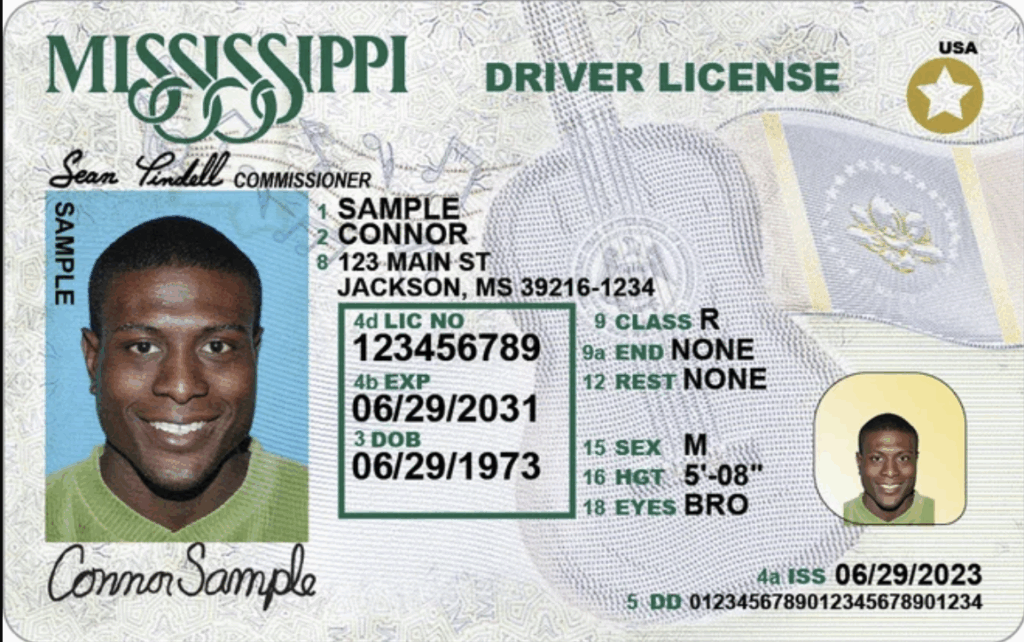
This upgraded form of identification isn’t just cosmetic, it follows federal security standards created in 2005. You can spot one by the star in the top corner. The goal is to make personal identification more secure and consistent across all states. Without one of these upgraded credentials, you can’t fly within the U.S. or enter secure federal locations. If your license doesn’t have the star or includes a “Not for Federal Identification” note, it won’t meet the requirement. This program improves safety while helping reduce identity fraud at checkpoints.
How to Tell If Yours Qualifies
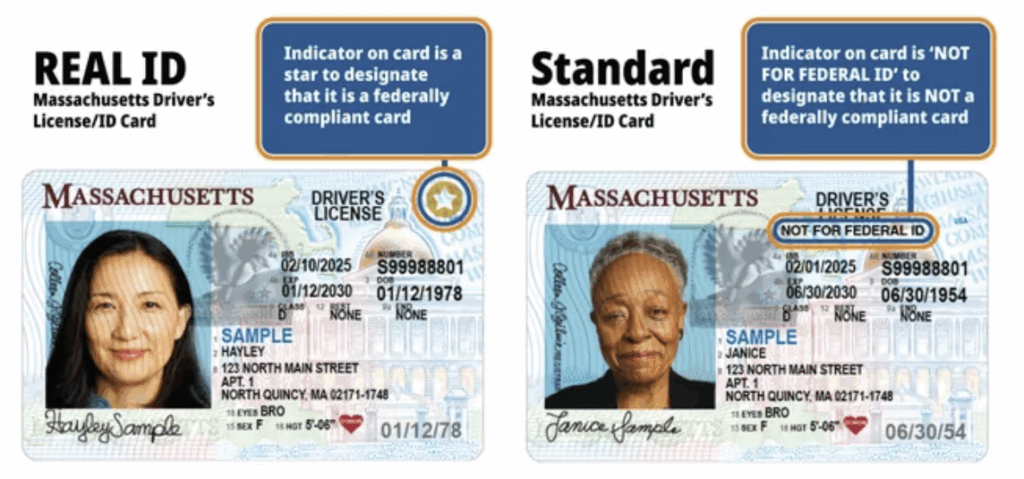
Before rushing to the DMV, check your license. Look for a small star near the top corner. Some states use gold, others black or white, but all signal compliance. If your ID lacks this mark, it likely doesn’t meet current federal standards. Many state websites show sample images to help you compare. Taking a moment to confirm your ID status now could save you hours and frustration later.
Steps to Upgrade Your License

To get the newer version of your ID, visit your state’s Department of Motor Vehicles in person. You’ll need to bring proof of identity (like a passport or birth certificate), your Social Security number, and two documents showing your home address. These might include a utility bill, bank statement, or lease. If you’re not a citizen, bring proof of lawful presence in the U.S. Every state has slightly different requirements, so check your local DMV site before your appointment. Once issued, your new license will work for domestic flights and federal facility access.
What Happens If You Don’t Have One
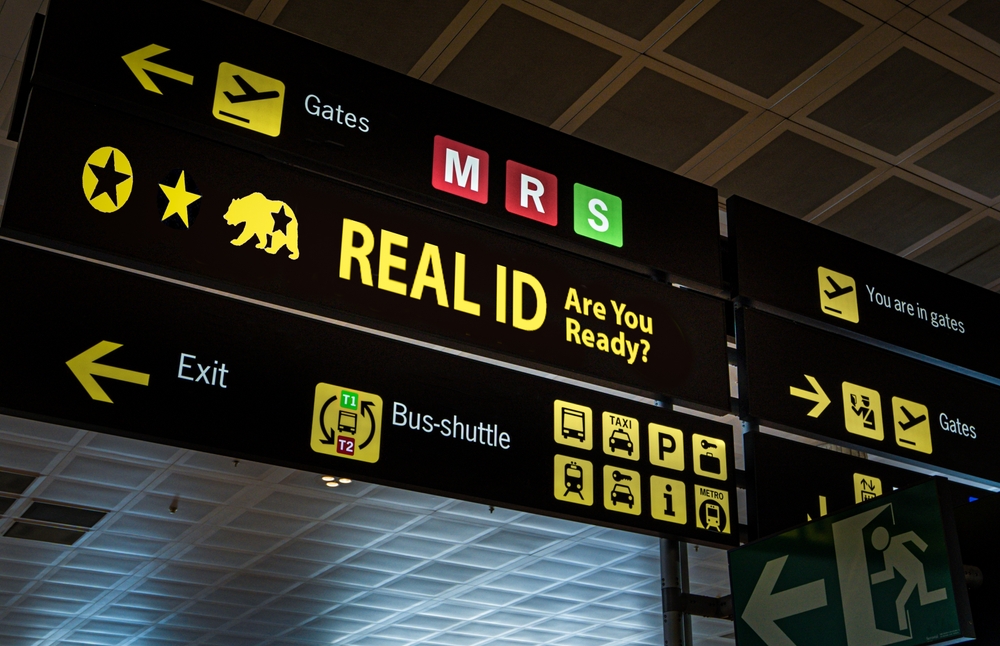
If you show up at the airport without an upgraded ID or valid alternative, TSA officers may stop you from boarding. Right now, they’re easing into full enforcement, offering reminders and printed notices, but that leniency won’t last. Soon, anyone without proper identification will face enhanced screening or denial at the gate. Avoid the stress by checking your documents now and making the necessary updates before your next flight.
What You Can Use Instead
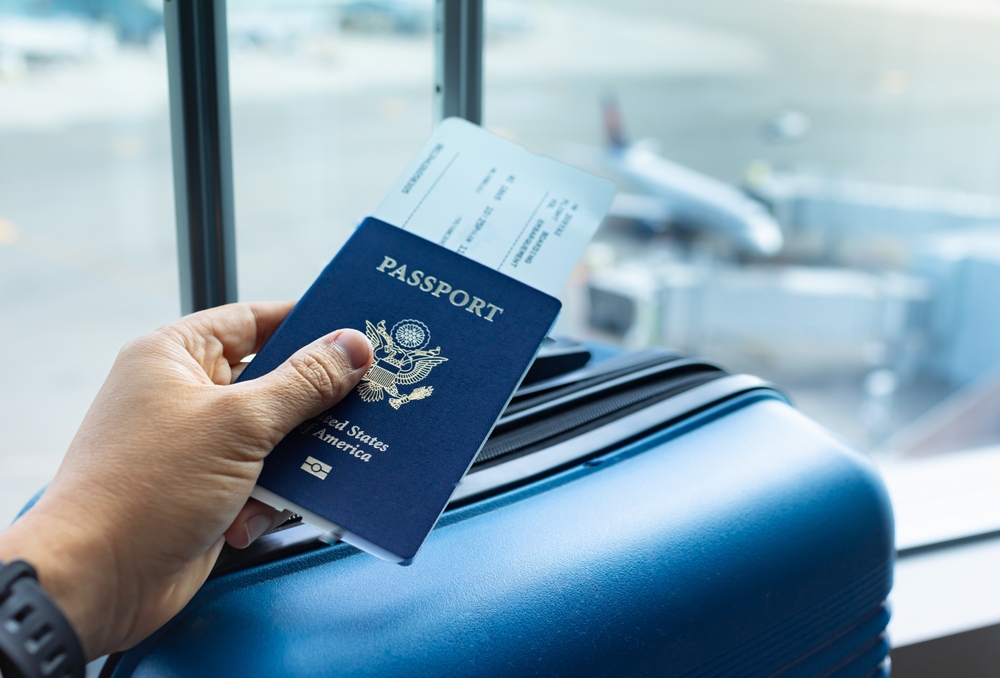
Not everyone needs to apply for the enhanced license. The TSA accepts other documents that meet the same federal criteria. These include U.S. passports, passport cards, military IDs, and Trusted Traveler cards like Global Entry or NEXUS. If you live in certain states, you may already have an Enhanced Driver’s License, which qualifies. Other valid forms include tribal IDs, green cards, veteran ID cards, and maritime credentials. If you already carry one of these, you’re in the clear. Just make sure it hasn’t expired and matches the name on your boarding pass.
What About Kids and Teens?

Children under 18 don’t need a federally approved license to fly domestically, as long as they’re traveling with an adult who has one. TSA only checks the adult’s documents. Still, it’s smart to bring identification for your child, like a passport, school ID, or birth certificate. This helps in case of any confusion or added security checks. For unaccompanied minors, check with your airline, as ID requirements may vary.
Why It Took So Long
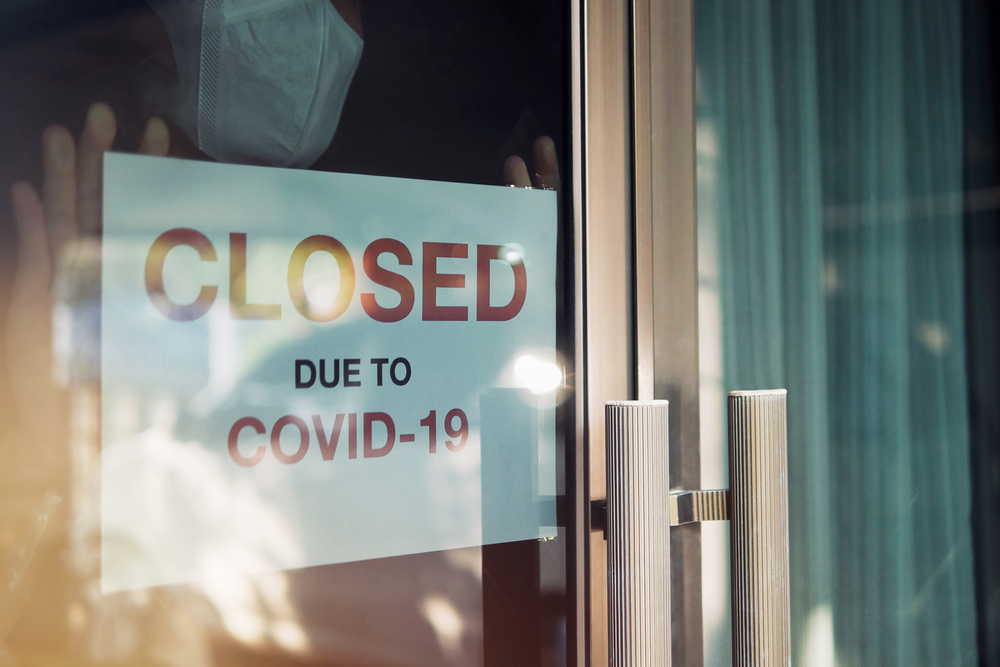
Although federal lawmakers passed the original act in 2005, many states resisted implementing it. Some raised privacy concerns, while others struggled with logistics or funding. Then the pandemic caused even more delays by closing DMV offices and disrupting services. Now, nearly two decades later, the new ID requirement is finally live across the U.S. It brings all states into alignment with national security standards, aiming to make travel and identity checks more reliable.
Prepare Now for a Smoother Trip

Take a few minutes to check your current license and see if it qualifies. If not, schedule a DMV visit and gather the required paperwork. Make sure your identification is current, and consider carrying a backup document, like a passport, when you fly. Remind family members, especially older adults and college students, to do the same. Being proactive means fewer surprises at the airport and smoother travel in the months ahead.
Ready to Travel? Make Sure Your ID Is, Too

With the updated identification rules now enforced, being prepared is key. Whether you upgrade your license or use an alternative document, staying informed ensures your plans won’t get disrupted. Check your wallet, book your DMV visit if needed, and share this info with others. For detailed updates and approved document lists, visit dhs.gov/real-id. The process is simple, and once you’re set, you can pass through security with peace of mind.
Read More: Real ID Deadline Is Here: What Happens if You Don’t Get Yours by May 7
